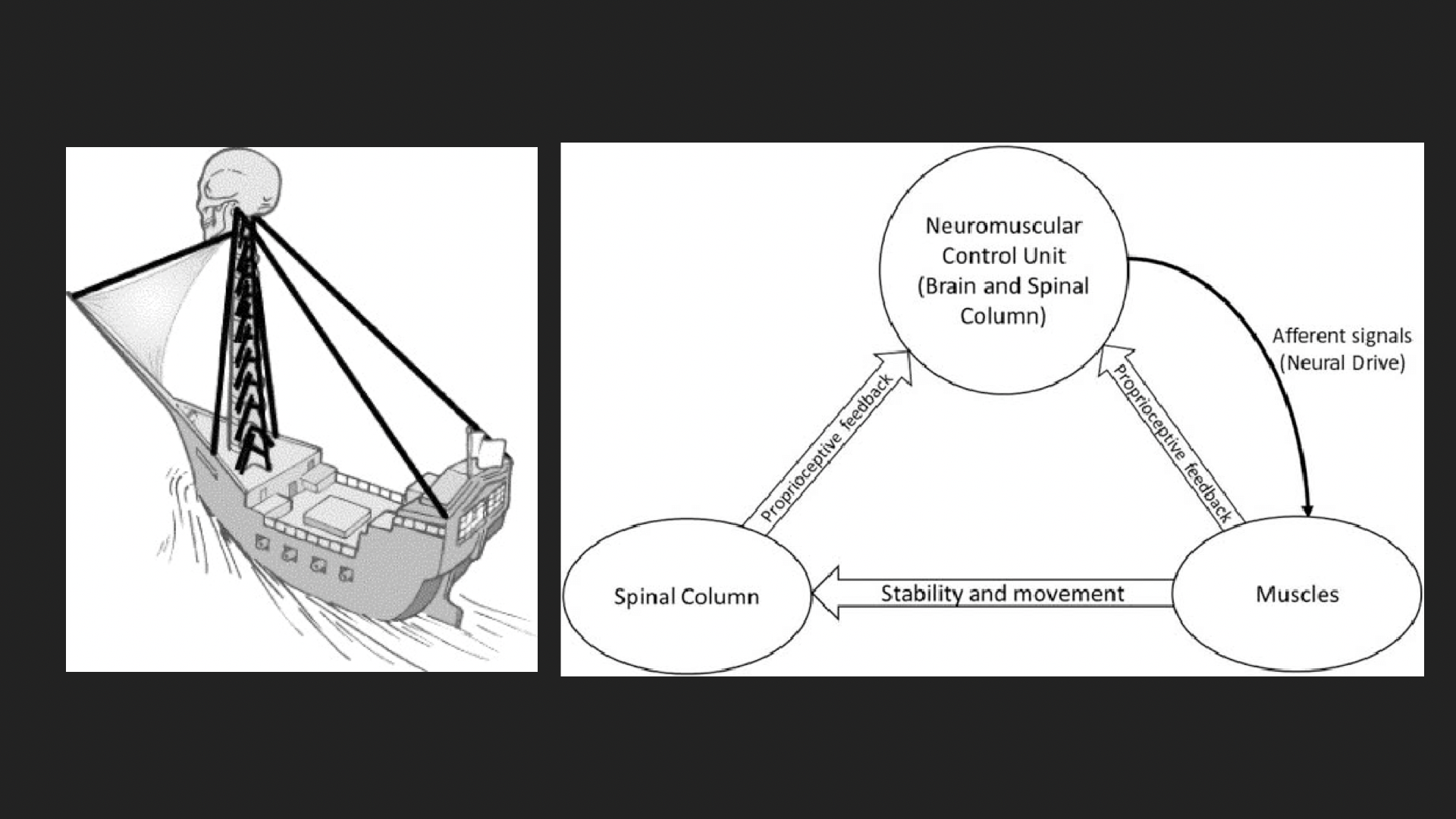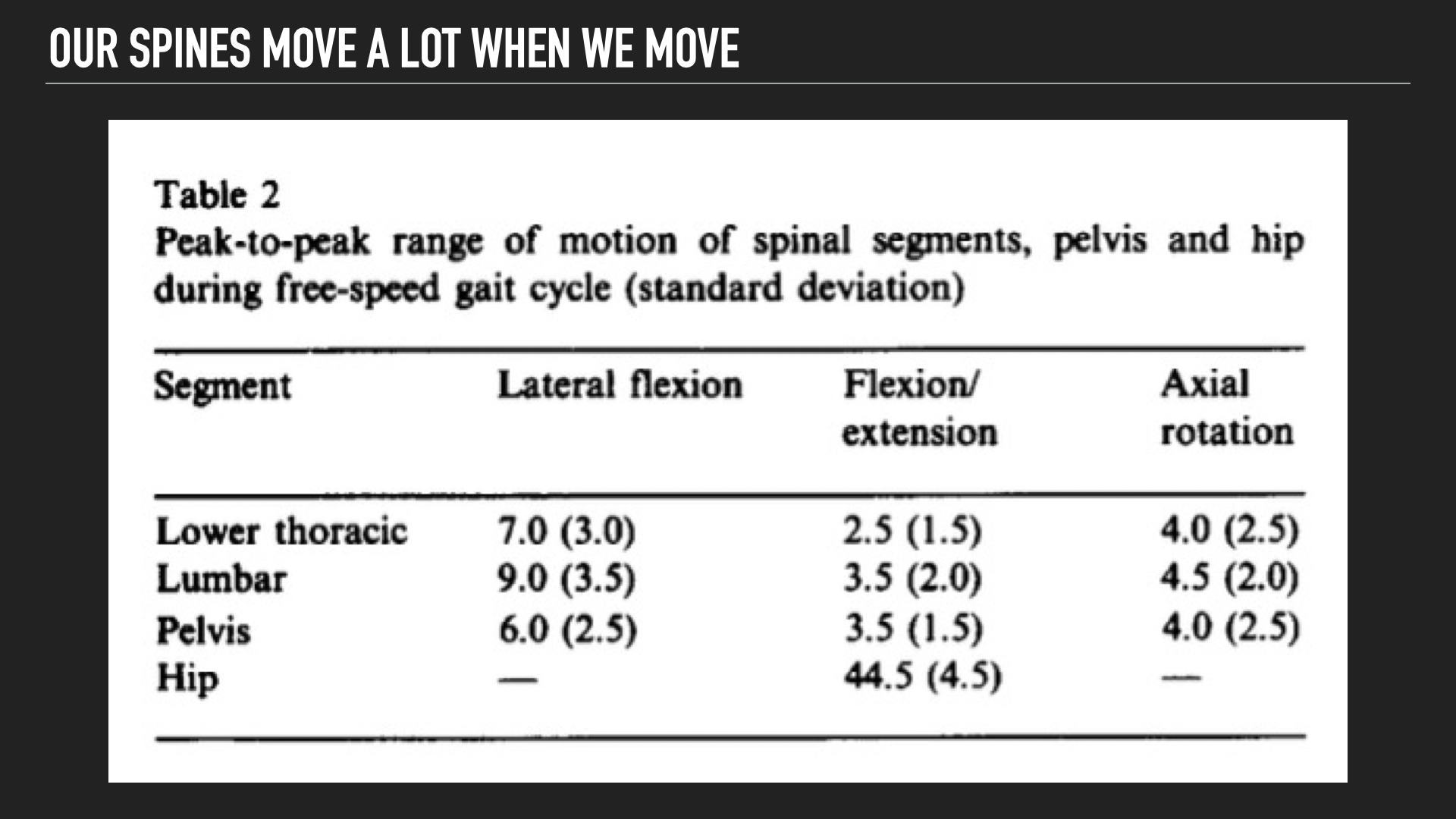The Biggest Confusion About Core Training
2024-05-27
The internet can be a VERY confusing place. People make VERY strong proclamations and if they are popular enough, it can seem like what they are saying is true because they will get tons of likes on their posts. Sadly, this isn’t the best indicator if what is being discussed is accurate or truly the whole story. That is part of the reason we have such massive confusion about core training.
One common misconception about core training nowadays is that we shouldn’t teach the core to resist movement because our spine is meant to move. This is really a misunderstanding of the science of core training where the point is never to allow movement of the trunk, but rather control HOW much movement should be allowed.
When a spine is considered unstable, it means it can not control the forces that are acting upon the body. This leads to excessive shear and compressive forces that can lead to many different problems for the spine. Spinal stability is actually a function of several concepts that end up working together…
-proximal stiffness (meaning the lumbar spine and core) enhances distal segment athleticism and limb speed
-a muscular guy wire system is essential for the flexible spine to successfully bear load
-muscular coactivation creates stiffness to eliminate micromovements in the joints that lead to pain and tissue degeneration
-abdominal armor is necessary for some occupational, combative, and impact athletes. (1)

So, the reason that we begin with teaching the core to resist movement is we need this as a foundational ability before progressing to higher levels of core training. The most simple analogy is we need to learn to stand before we run.
When we work on learning how to control our core, we can build progression by increasing how our core training teaches proper control of the trunk. As we get more advanced we see thoracic rotation being allowed to happen while keeping the lumbar spine rather stable. Many people will often say our spine moves when we run or walk, but when you ask them how much and in which direction, people often struggle to explain.
Most people don’t realize we actually do know how much our spine moves typically when we run or walk and it isn’t a lot. So, yes, there is movement, but fast people are great at controlling to just have the most efficient amount of movement without excessive movement of our spine that decreases our speed, strength, and makes us more injury prone.

These degrees are REALLY small and hard to even see with just the eyes.
So, how do we teach this type of core training? Physical therapist, Jessica Bento breaks down one of the most effective ways of achieving higher level core training…
Our MAX (multiple axis) movements are often another great example as coach Steve Holiner explains…
Jessica shows how we can make such core training VERY dynamic and powerful. This takes time, but shows a better understanding of what the core actually requires as it is the place where we transfer power from the lower to the upper body. A “leakage” of such stability will alter not just the spine, but our ability to be strong and mobile.
Find out more in our upcoming 6-week online Low Back Pain & Pelvic Control Masterclass HERE and don’t miss 30% off our online DVRT Rx online courses and more with code “mem30” HERE
View this post on Instagram
References:
- Anterior and Posterior Serape: The Rotational Core
© 2025 Ultimate Sandbag Training. Site by Jennifer Web Design.







